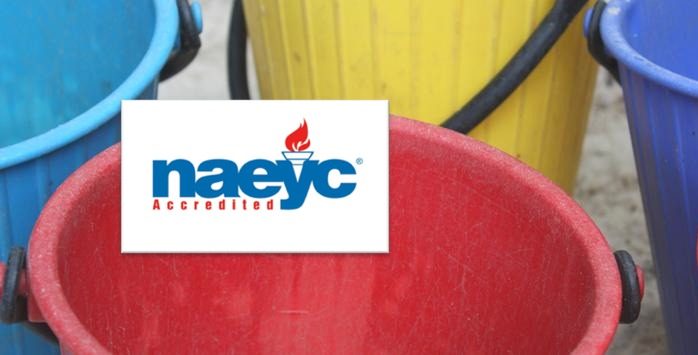Homemade Playdough Recipe
Making homemade playdough is part of the general spirit of Annandale Cooperative Preschool: thorough parent involvement, hands-on experimentation and fun, and an equal mix of imagination and resourcefulness. We use homemade playdough in every classroom as it is an invaluable tool for strengthening hand muscles, social relationships, and imaginative focus.
Ingredients
2 cups flour
2 cups water
1 cup salt
2 tablespoons oil
2 tablespoons cream of tartar
Creative Extras:
Food coloring (gel works best for bold colors)
Glitter
Scent (unprepared Kool-Aid packets, flavor extracts, spices, etc).
Instructions
Mix the above ingredients in a large pot and place over medium heat. Stir constantly. Everybody seems to have their own opinion regarding how long to cook the playdough since too little heat results in a “droopy” dough and too much results in stubborn crumbles. A good rule of thumb is to look for the consistency of mashed potatoes (or about the time your arm rebels against stirring). When in doubt, pull it off the heat a little early and have a little extra flour on hand to help firm it up if it seems a bit shapeless. Once off the heat, knead the playdough until cool–a fairly cathartic process–and store in an airtight plastic bag.
Playdough, Preschoolers, and Parenting
The more you make homemade playdough, the more you may come to realize how similar the process is to raising a preschooler. You start with basic ingredients: a child and a parent or two. You add structure (the flour), flexibility (the oil and water), discipline (the salt), and love (the cream of tartar, which keeps the dough pliable and smooth).
And then you start stirring. And stirring.
At the start of it, as you draw circles around your sticky, lumpy, hot mess, you may be less and less convinced your creation will turn out to be anything but a disaster. But you keep at it, reminding yourself that countless other parents have done this before you. They, like you, have asked for help, received more advice than they knew what to do with, resorted to Google, and then finally their instincts; in other words, they tried and failed and tried again.
So you keep at it. And just when when you think you’ve exhausted all of your ideas (and perhaps some of your limbs), something starts to take shape. You witness a little more independence, a learned relationship between cause and effect, a shared toy, a thought communicated. The real trick, as is the case with so many moments in raising a child, is knowing when to let go and stop stirring. When it’s time to transfer from pot to countertop, or from home to school, you know that your child will always be in good hands because you will be involved in one way or another, to knead, encourage, and gently push her to grow into her best self.

